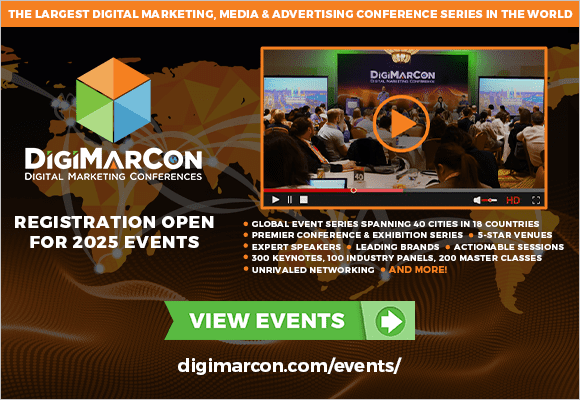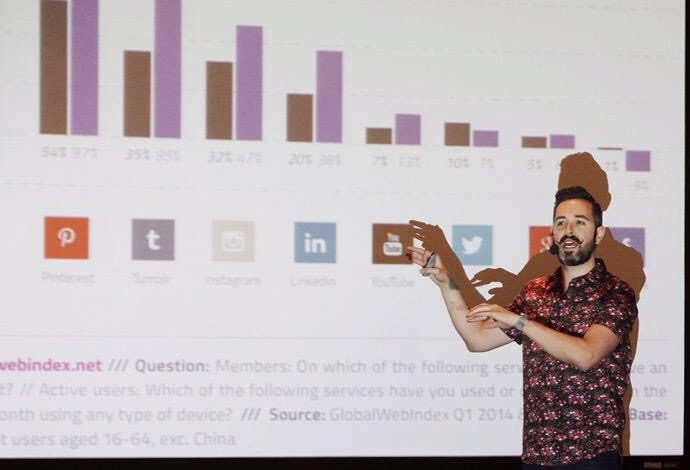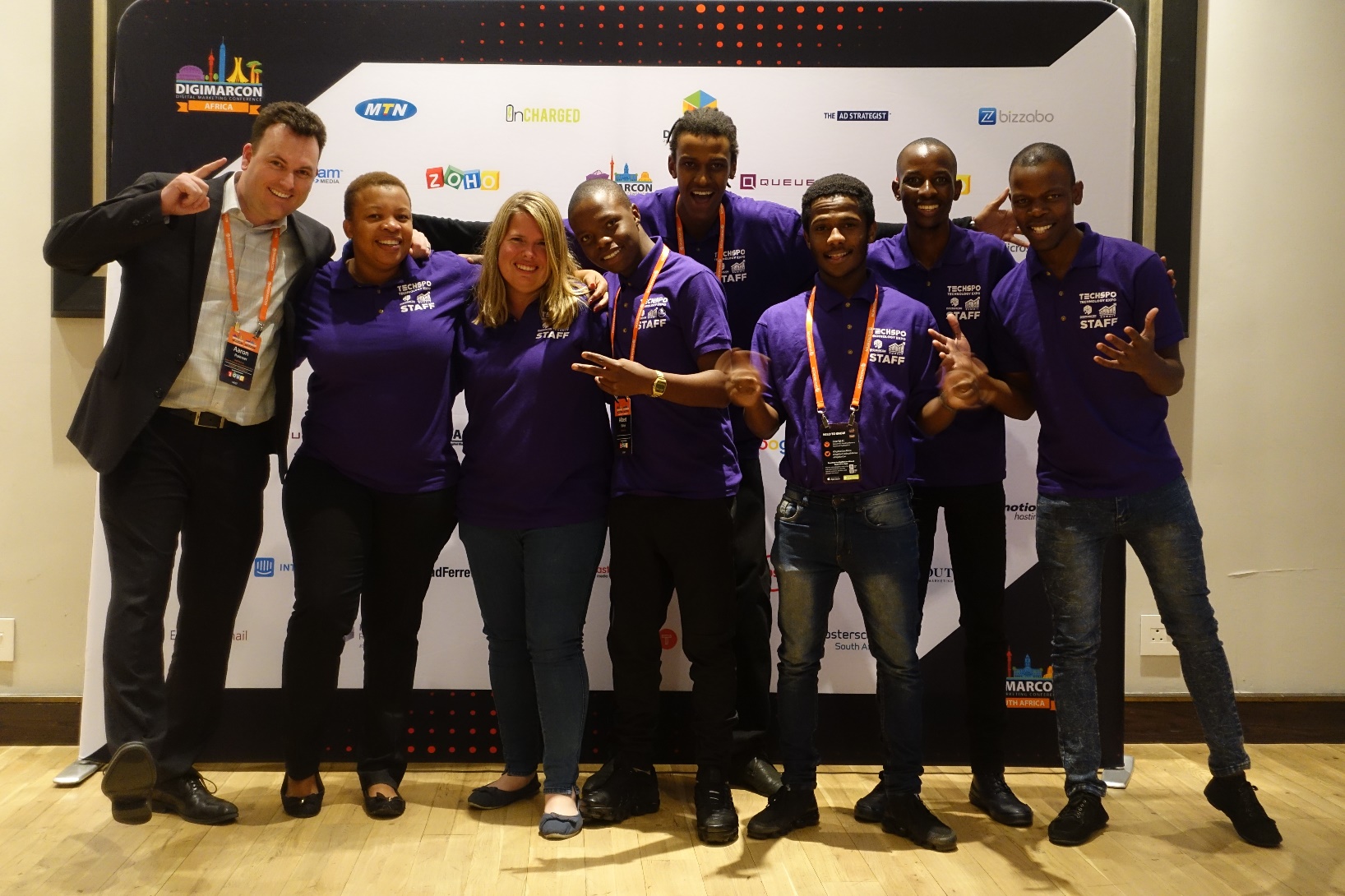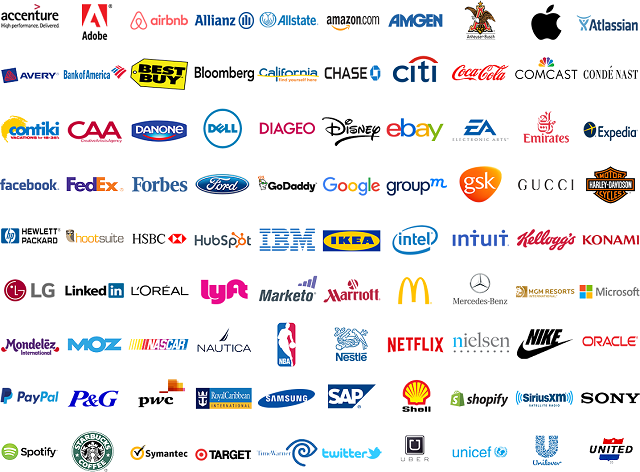Boost Your Brand with User-Generated Content (UGC)
In today’s digital world, businesses look for new ways to gain trust and increase brand awareness. One great strategy is using user-created content. It’s key in shaping how people see your brand.
User-Generated Content (UGC) is any content made and shared by people, not the brand. This includes things like customer reviews, social media posts, and more.
Using UGC lets brands show their true side and gain trust. It helps keep customers engaged and loyal. Let’s dive into how UGC can make your brand shine.
The Power of Authentic Customer Voices
Genuine customer testimonials are key to building trust with potential buyers. In today’s world, people are wary of traditional ads. Authentic customer voices help brands gain credibility.
Studies show people trust other customers more than brand messages. This is because of social proof. People follow others’ actions and opinions when making choices. So, online reviews and testimonials are vital in marketing. They offer realness that connects with people.
“The trust that customers have in other customers is unparalleled. It’s the most powerful form of marketing because it’s not coming from the brand itself.”
Authentic customer voices share relatable, trustworthy content. This content speaks directly to potential customers. By using UGC, brands can make their marketing more engaging and credible. This boosts loyalty and drives sales.
- Builds trust with potential customers
- Provides social proof
- Enhances brand credibility
By tapping into the power of authentic customer voices, businesses can improve their marketing. They create a more personal and trustworthy bond with their audience.
What is User-Generated Content (UGC)?
User-Generated Content (UGC) is a key tool for digital marketers. It lets brands use the real voices of their customers. UGC is any content made and shared by people, not the brand itself. This can be text, images, videos, and reviews.
UGC is special because it comes from the crowd. People help shape the brand’s story. This content feels more real and trustworthy than ads. It’s from actual customers sharing their stories and thoughts.
Examples of UGC include:
- Customer reviews and ratings on e-commerce sites or the company’s website.
- Social media posts about the brand’s products or services.
- Blog articles or videos by customers about their experiences with the brand.
- Photos or videos on social media that show the brand.
UGC can be many things and used in many ways. It’s great for social media, email marketing, and more. Its realness and flexibility make it very valuable for businesses wanting to build trust and community.
By using UGC, companies can make their audience feel more connected. This can lead to more loyalty and sales. As digital marketing keeps changing, UGC’s importance will likely grow. It offers new ways for brands to connect with their customers in deep ways.
The Business Impact of UGC
User-generated content (UGC) is a powerful tool for businesses. It helps them connect with customers through interactive user content. This way, companies can boost engagement, sales, and loyalty, making their marketing better.
Adding UGC to marketing campaigns brings big benefits. For example, social media posts with customer content get more attention than posts made by brands. This is because UGC feels real and trustworthy, connecting with people on a deeper level.
Statistics show how effective UGC is:
- UGC campaigns can boost conversion rates by up to 4.5% over traditional marketing.
- About 85% of shoppers trust UGC more than content made by brands when buying.
- Companies using UGC in marketing keep 28% more customers.
These numbers show how UGC can improve a company’s profits and keep customers coming back.
To make the most of UGC, companies should create campaigns that get customers to share content about their brand. This can be done through contests, social media challenges, or just by talking to and sharing content from customers. This way, businesses build a community and get a lot of social media posts for marketing.
In short, using UGC wisely can greatly improve a company’s marketing. As the digital world changes, using UGC will be key for making real connections with people.
Types of User-Generated Content
User-generated content (UGC) comes in many forms. Each type offers unique chances for brands to connect with their audience. This diversity helps businesses use social media in new ways, improving their marketing and building stronger bonds with customers.
UGC can be sorted by the platforms where it’s made and shared. We’ll look at key types of UGC on popular social media sites.
Instagram and TikTok Content
Instagram and TikTok focus on visuals, making them perfect for creative UGC. On Instagram, users post:
- Photos: High-quality images of products, experiences, or moments tied to a brand.
- Stories: Short-lived content that offers a peek behind the scenes or special deals.
- Reels: Brief, engaging videos that can highlight products or brand activities.
TikTok, known for short videos, often set to music or audio. Brands can spark UGC by:
- Issuing challenges with a specific hashtag.
- Using trending sounds or effects to make content more appealing.
Twitter and Facebook Engagement
Twitter and Facebook see UGC in various forms, like text, images, and videos. On Twitter, UGC includes:
- Tweets: Users share their thoughts, feedback, or experiences with a brand or product.
- Replies and Retweets: Metrics showing how users interact with brand content.
On Facebook, UGC can be created through:
- Posts and Comments: Users share opinions or feedback on a brand’s page.
- Reviews: Users leave reviews on a brand’s Facebook page, offering social proof.
- Shared Content: Users share brand-related content with their networks, increasing its visibility.
By grasping and using these UGC types across social media, brands can craft more impactful marketing strategies. These strategies better connect with their target audience.
Developing Your UGC Strategy
Creating a UGC strategy is more than just asking customers to share content. It’s about building a community around your brand. A good strategy uses community-driven content and user-created content to meet your business goals.
To make a strong UGC strategy, first figure out who your audience is. Know what they like, how they act, and what kind of content they enjoy. This helps you make content that speaks to them and gets them involved.
Key Components of a UGC Strategy
- Clear Objectives: Know what you want to get from UGC, like more brand awareness or sales.
- Content Campaigns: Plan campaigns that get users to make and share content about your brand. This could be through contests, challenges, or sharing customer stories.
- Incentives and Rewards: Give rewards to get users to join in. This could be discounts, special access, or being featured on your social media.
A study shows UGC campaigns get more engagement than non-UGC ones. As AdAge points out, “User-generated content adds authenticity and trust that ads often lack.”
“The most powerful thing about UGC is that it’s not just about the content; it’s about creating a movement around your brand.”
To get users to share, make your social media friendly for interaction. Reply to their content and show it off on your channels. Also, use branded hashtags to track and organize their content.
Best Practices for UGC Strategy
- Monitor and Measure Performance: Use tools to see how your UGC campaigns are doing and how they affect your goals.
- Engage with Your Community: Talk to users who share content about your brand. This builds loyalty and encourages more to join in.
- Adapt and Evolve: Be ready to change your UGC strategy based on feedback and results. The online world changes fast, and your strategy needs to keep up.
By following these tips and best practices, businesses can create a solid UGC strategy. This not only boosts customer interaction but also helps your business grow through community-driven content and user-created content.
How to Encourage and Generate Quality UGC
Getting customers to create great user-generated content (UGC) is key for a brand’s credibility and engagement. Businesses need to use smart strategies to motivate and make it simple for customers to share.
One top way to get quality UGC is by offering incentives. This can be through contests, rewards, or programs that thank customers. For example, a brand could hold a social media contest where customers share photos or videos of their products. The best ones get prizes or are showcased on the brand’s channels.
Incentivization Strategies:
- Host contests or giveaways that encourage customers to share their experiences.
- Offer discounts or exclusive deals to customers who contribute UGC.
- Feature customer testimonials and reviews on your website or marketing materials.
It’s also crucial to make it easy for customers to share. This means making the content creation process simple and clear. Brands can do this by:
- Providing a clear and concise content submission process.
- Offering templates or examples of the type of UGC you’re looking for.
- Ensuring that your website or app is user-friendly and conducive to content creation.
Showing off UGC is another strong strategy. By featuring customer-created content on their official platforms, brands can inspire more people to share. This can be done through:
- Social media campaigns that highlight customer-generated content.
- Web pages dedicated to customer testimonials and reviews.
- Including UGC in marketing materials and advertising campaigns.
By using these strategies, businesses can not only get quality UGC but also build a community around their brand. Customer testimonials and online reviews are very valuable. They provide social proof and can greatly influence buying decisions.
In conclusion, creating quality UGC needs a mix of strategies. This includes offering incentives, making it easy to share, and showcasing the content. By doing this, businesses can boost their brand’s credibility and engage more with their customers.
Managing and Curating User-Generated Content
Success in user-generated content (UGC) campaigns depends on good management and curation. Brands use UGC more and need strong systems for moderating and approving content. They also need to integrate this content into their campaigns.
Managing UGC starts with content moderation. This step checks if the content fits the brand’s values and message. Brands use both human moderators and AI tools to check if the content is right.
Getting permissions from creators is also key. This means getting the right to use the content and giving credit to the creators. It helps encourage more people to create content. Brands should be clear about how they will use UGC and be open about their process.
After curating and getting permissions, the next step is integrating UGC into marketing campaigns. This can happen on social media, websites, and ads. The goal is to make sure the UGC connects with the audience and boosts the brand’s message.
To effectively curate UGC, brands can follow these steps:
- Set clear rules for content submission and moderation.
- Use technology to make the curation process smoother.
- Interact with content creators to grow a community around the brand.
By taking a detailed approach to managing and curating UGC, brands can get the most out of crowd-sourced content. This leads to more effective marketing campaigns.
Measuring the Success of Your UGC Initiatives
To see how well your User-Generated Content (UGC) is doing, you need to track its impact. This means looking at how it affects your audience and your business goals. You’ll want to watch various metrics to see how your UGC campaigns are doing.
Engagement Metrics
Engagement metrics show how your audience interacts with your UGC. These include:
- Likes and Reactions: The number of likes, hearts, or other reactions your UGC gets is a basic yet telling metric.
- Shares and Reposts: When users share your UGC, it shows they find it valuable or relevant enough to share with others.
- Comments: Comments give you feedback on how your UGC is connecting with your audience.
By looking at these engagement metrics, you can improve your UGC strategy. This will help you better connect with your target audience and get more user feedback.
Conversion Metrics
It’s also key to measure the conversion impact of your UGC initiatives. Conversion metrics show how UGC is helping your business, such as:
- Sales: Tracking sales from UGC campaigns shows how much revenue your efforts are bringing in.
- Sign-ups and Registrations: If your UGC is getting people to sign up for services or events, this is a key metric to watch.
- Website Traffic: More website traffic from UGC campaigns means your efforts are working well in sparking interest.
By looking at both engagement and conversion metrics, you’ll get a full picture of your UGC’s success. This will help you make better decisions for future campaigns.
Conclusion
User-created content and community-driven content are changing marketing. They let businesses use real customer voices. This builds trust and boosts sales.
We’ve talked about the strength of UGC, its types, and how to run good campaigns. Using these strategies, companies can use their customers’ creativity. This keeps them ahead in the market.
Think about adding user-generated content to your marketing plan. This way, you can use community content to get better results for your brand.
## FAQ
### Q: What is User-Generated Content (UGC) and how does it differ from brand-created content?
A: User-Generated Content (UGC) is content made and shared by people, not brands. It includes things like online reviews and social media posts. UGC is more real and trustworthy because it comes from customers.
### Q: How can I encourage customers to create UGC for my brand?
A: To get customers to make UGC, make it simple for them. Give them clear rules and rewards. You can also run contests or show off their content on your social media.
### Q: What are the benefits of using UGC in my marketing strategy?
A: UGC boosts engagement, sales, and loyalty. It’s seen as more genuine than content made by brands. This helps build trust and credibility with customers.
### Q: How do I manage and curate UGC to ensure it aligns with my brand’s messaging?
A: To manage UGC, set clear rules and check content to match your brand. Always get permission from users before using their content.
### Q: Can UGC be used across different social media platforms, and if so, how?
A: Yes, UGC works on many platforms like Instagram and TikTok. Just know each platform’s unique features and adjust your strategy.
### Q: How do I measure the success of my UGC initiatives?
A: Track likes, shares, and comments, and also sales and sign-ups. This shows how UGC affects your marketing goals.
### Q: What are some common challenges associated with UGC, and how can I overcome them?
A: Challenges include ensuring quality and getting permissions. To solve these, have clear rules, moderate content, and offer rewards for good contributions.
### Q: How can I incentivize customers to create high-quality UGC?
A: Offer rewards or recognition for great content. Make it easy to contribute by providing clear guidelines and simple ways to submit.



































No comments